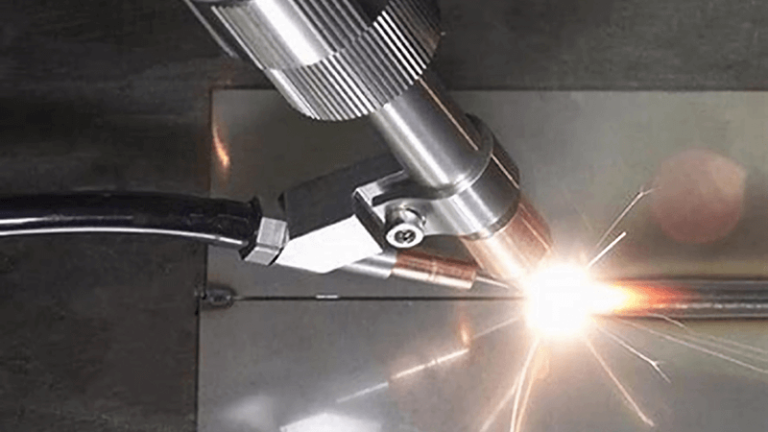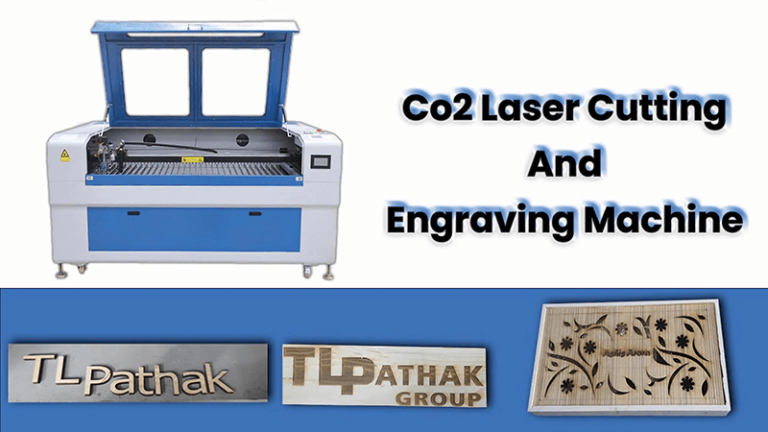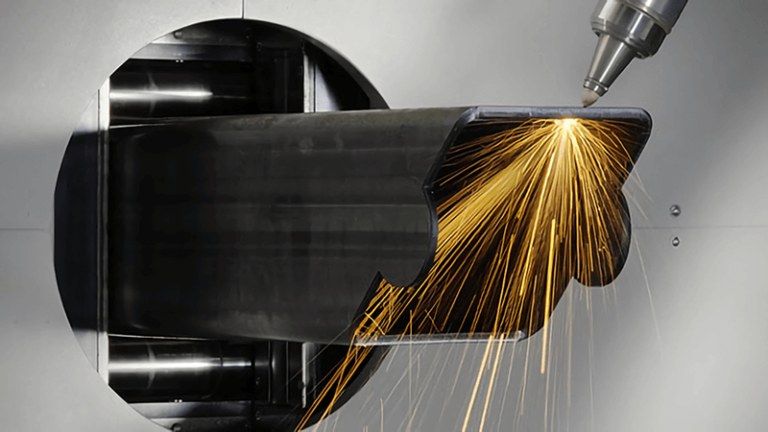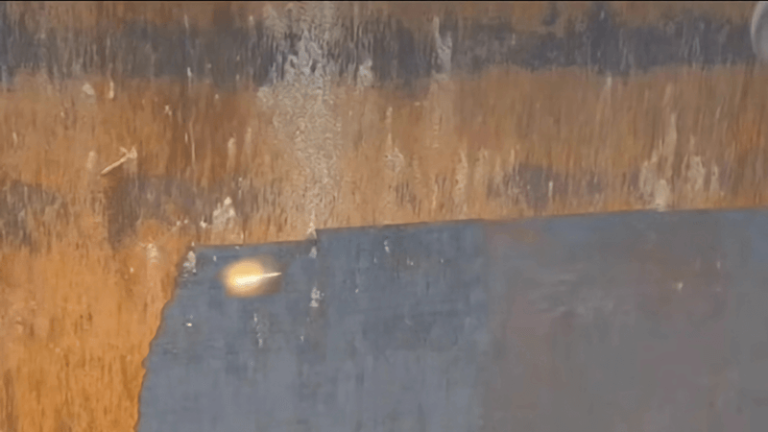Hey there! I’ve been knee-deep in the laser industry for years, and I know the struggle of finding the right cutter. You’re wrestling with options, costs, and performance—it’s enough to drive anyone up the wall. I’ve felt that frustration myself. Let’s cut through the noise and figure this out together.
Finding the best laser cutter near you means matching power, features, and budget to your needs. At Kirin Laser, we craft and OEM fiber laser cutters from 1.5kW to 20kW—plus welders, cleaners, and markers. I’m here to help you pick the winner for your shop.
Hang with me. I’ll tackle the big questions—like what to buy and how much it’ll cost—so you can decide like a pro, especially if you’re sourcing like John Smith.
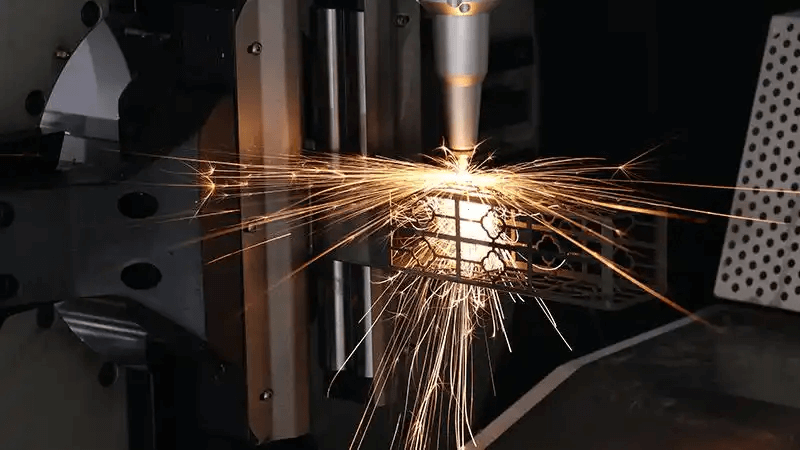
How Do I Know Which Laser Cutter to Buy?
I’ve seen folks freeze when picking a laser cutter. You’re staring at specs, wondering if it’ll cut your steel or fit your budget—it’s overwhelming. I’ve stood in those shoes, second-guessing my choices. The key? Know your needs, and I’ll show you how.
You know which laser cutter1 to buy by aligning power and features with your workload. Kirin Laser’s fiber cutters2 range from 1.5kW for light jobs to 20kW for industrial beasts. They’re fast, precise, and built for real-world challenges.
Let’s dive into the nitty-gritty to make this crystal clear.
Matching Power to Purpose
When I kicked off Kirin Laser, my goal was simple: build machines that solve problems. Picking the right cutter isn’t guesswork—it’s about your shop’s reality. I’ve helped clients nail this, and I’ve learned a ton along the way. Let’s break it down.
Power’s your starting line. Our 1.5kW cutter handles 10mm steel at 20 meters per minute—great for small runs. The 6kW jumps to 25mm steel and 60 meters per minute, perfect for mid-sized shops. Then there’s the 20kW—it blasts through 50mm steel at 100 meters per minute. I’ve seen it transform heavy manufacturing. Materials3 matter too. These machines cut steel, aluminum, brass—even titanium if you’re fancy. Speed4 ties it together. Higher power means faster cuts, less waiting.
Here’s a snapshot:
| Power | Max Steel Thickness | Speed (m/min) | Best Use Case |
|---|---|---|---|
| 1.5kW | 10mm | 20 | Small shops, thin metals |
| 6kW | 25mm | 60 | Medium production |
| 20kW | 50mm | 100 | Heavy industry |
I once worked with a guy—let’s call him Mike—who ran a fabrication shop. He grabbed a 12kW cutter and cut 30mm plates in half the time his old CO2 rig took. Saved him hours daily. For John Smith at Smith Laser Tech, this is about scalability. He’s importing for diverse clients—some need lightweight 1.5kW units, others demand 20kW powerhouses. Think about your thickest material and daily output. That’s your guide. I’ve seen shops overbuy and sit on unused power—don’t do that. Match it to your jobs, and you’re golden.
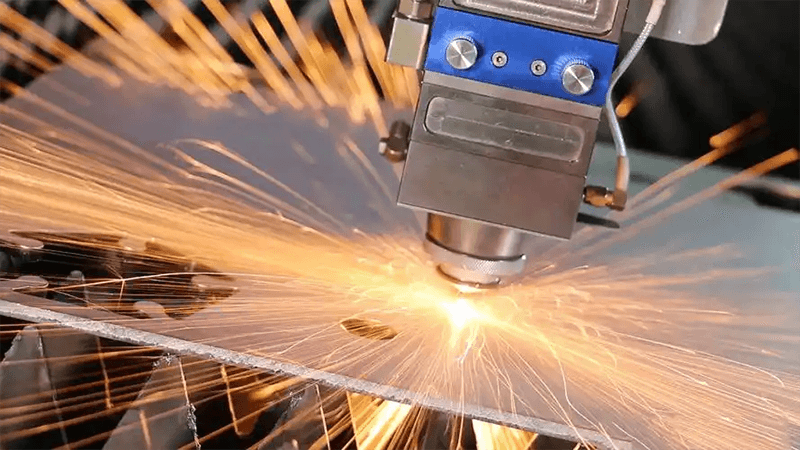
What Is the Best All-Around Laser Cutter?
Clients hit me with this one all the time: “What’s the one cutter5 that does everything?” I’ve asked it myself, testing machines late into the night. No cutter’s perfect for all, but I’ve got a favorite at Kirin Laser that comes close.
The best all-around laser cutter6 is our 6kW fiber model7—power, speed, and cost in harmony. It cuts 25mm steel, runs at 60 meters per minute, and won’t drain your wallet like a 20kW. It’s the jack-of-all-trades I’d pick any day.
Let’s unpack why this one’s a champ.
The All-Rounder’s Edge
At Kirin Laser, I’ve spent years fine-tuning our lineup. The 6kW fiber cutter? It’s my go-to recommendation. I’ve watched it tackle everything from auto parts to custom furniture, and it never flinches. Here’s why it’s special.
Versatility’s the star. It cuts 25mm steel, 20mm aluminum, 15mm copper—materials I’ve seen stump weaker machines. Speed’s a close second. On 1mm sheets, it hits 60 meters per minute—your line stays busy. I had a client in signage who mixed thin and thick jobs; this cutter kept up. Cost rounds it out. It’s not cheap, but it’s far from the 20kW’s price tag. You get bang for your buck.
Here’s how it measures up:
| Feature | 6kW Specs | Why It Stands Out |
|---|---|---|
| Thickness | 25mm steel | Handles most jobs |
| Speed | 60m/min (1mm sheets) | Keeps production flowing |
| Materials | Steel, Al, Cu, more | Broad compatibility |
| Cost | Mid-tier | Affordable power |
I’ve seen this in action. A Midwest fabricator ran the 6kW for mixed orders—5mm steel one day, 20mm the next. No hiccups. For John Smith, this is a distributor’s dream. He can rebrand it, sell it to varied clients, and lean on our support. Another partner pushed it 18 hours daily for a year—still purring. It’s not the lightest or heaviest hitter, but it’s the one I’d trust for most shops. You get flexibility without overpaying—hard to beat that.
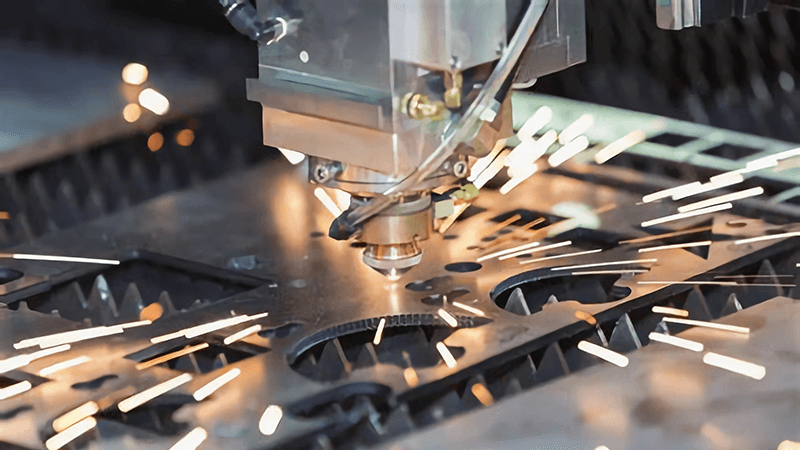
How Much Does a Laser Cutter Cost Per Hour?
I’ve had those tense budget chats with clients. You want the best, but the numbers have to work—I’ve been there, calculator in hand. At Kirin Laser, I’ve tracked these costs to keep it real for you.
A laser cutter costs $20 to $50 per hour to run, based on power8 and maintenance9. Our 1.5kW fiber model sits around $20, while the 20kW climbs to $50. Electricity, upkeep, and wear drive that range—stuff I’ve measured myself.
Let’s dig into what’s behind those dollars.
Counting the Cost
Running Kirin Laser, I’ve learned costs can make or break a shop. I’ve run our 1.5kW to 20kW fiber cutters through real jobs to pin this down. John Smith needs these numbers for his imports—I’ve got his back. Here’s the breakdown.
Electricity10’s the big chunk.The 1.5kW pulls 15kW hourly—about $2 at 13 cents per kWh. The 20kW? It’s 60kW, so $8. Maintenance piles on. Filters swap every 500 hours ($50 each), lenses every 1000 ($200), plus assist gas—nitrogen’s $5-$15 hourly depending on flow. Depreciation’s there too. A $50k 1.5kW over 5 years adds $3/hour; a $200k 20kW adds $12.
Here’s the detail:
| Power | Hourly Cost | Electricity | Maintenance | Depreciation |
|---|---|---|---|---|
| 1.5kW | ~$5 | $2 | $15 | $3 |
| 6kW | ~$10 | $4 | $20 | $11 |
| 20kW | ~$20 | $8 | $30 | $12 |
I had a small shop owner run a 6kW at $35/hour—custom jobs still netted him $100/hour profit. For John, this is gold. He can pitch the 1.5kW to budget buyers and the 20kW to high rollers. I’ve cut waste in our designs—less gas, durable parts. One client shaved $5/hour off assist gas with our nozzles. Your profit’s tied to these numbers—know them, and you’ll thrive.

How Do I Choose a Laser Cutting Machine?
I’ve faced this choice myself—picking a machine11 feels like a high-stakes bet. You’re balancing power, support, and fit, and a misstep hurts. I’ve made these calls at Kirin Laser, and I’ll share what I’ve learned.
You choose a laser cutting machine12 by focusing on power, support, and your goals. Our fiber cutters13—1.5kW to 20kW—give you options, and my team’s here 24/7. It’s about your shop, not sales pitches.
Let’s get into the weeds and sort this out.
Making the Right Call
When I launched Kirin Laser, I had to pick machines that delivered—every single time. I’ve guided clients through this maze, and it’s less daunting than it seems. You just need a plan. Here’s mine, built from years of trial and error.
Power’s your anchor. Cut 10mm steel? 1.5kW’s fine. 50mm? You need 20kW. I’ve seen shops buy too much and waste cash—match your max thickness. Support14’s critical. Our team’s on call—parts ship fast, fixes happen faster. I’ve had John Smith’s type lean on us during crunch time. Goals15 seal it. Speed for volume? 6kW’s 60m/min rocks. Precision for detail? 20kW’s 0.1mm accuracy shines.
Here’s your roadmap:
| Factor | Question | Kirin Solution | Example |
|---|---|---|---|
| Power | What’s my thickest cut? | 1.5kW-20kW range | 12kW for 30mm steel |
| Support | Who fixes it fast? | 24/7 team, quick parts | Lens swap in 48hrs |
| Goals | Speed or precision? | Options for both | 6kW for mixed jobs |
I picked a 12kW for a client rushing 40mm plates—paid off in two months. John needs machines he can trust for Smith Laser Tech—ours deliver. One partner ran a 20kW on titanium—0.1mm tolerance, no rework. I’ve built Kirin Laser to simplify this. List your needs—thickness, pace, budget. We’ll match it. My job’s making sure you win.
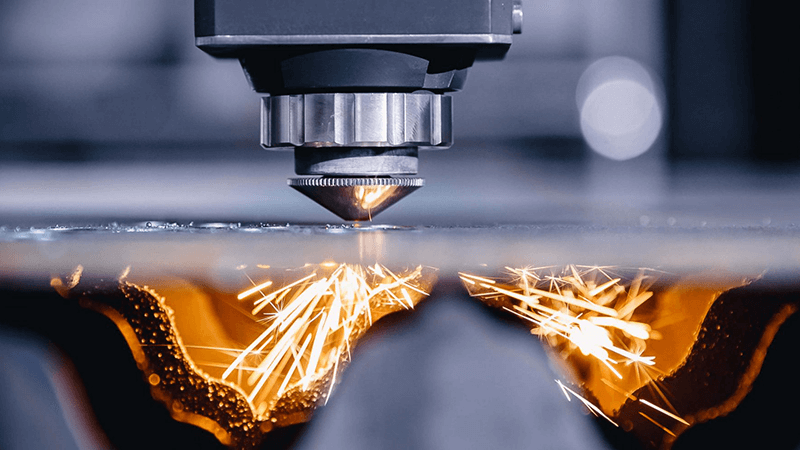
Conclusion
I’ve walked you through it—how to pick, the best all-rounder, hourly costs, and the final choice. Kirin Laser’s 1.5kW to 20kW fiber cutters bring power and precision I’ve tested myself. From 10mm steel to 50mm plates, we’ve got your back. For John Smith or any buyer, it’s about reliability and results. My mission’s clear: precision in every beam. Let’s find your cutter and make your shop unstoppable—together.
If you are looking for your best laser cutting machine and laser solutions16, do not hesitate to reach out to us for your business.
-
Learn how to select the ideal laser cutter by comparing specifications and matching it to your specific needs. ↩
-
Understand the advantages of fiber cutters and how they outperform other types of laser cutters for precision and speed. ↩
-
Discover which materials laser cutters can handle, from steel to titanium, for different industrial needs. ↩
-
Learn how the cutting speed of laser machines impacts efficiency and productivity in industrial applications. ↩
-
Discover the most versatile laser cutters that can handle a wide range of tasks across multiple industries. ↩
-
Learn how to select the best laser cutter by considering power, speed, and cost to suit your business needs. ↩
-
Understand the advantages of a 6kW fiber laser cutter, including its balance of power, speed, and affordability. ↩
-
Understand how power consumption influences the operating costs of laser cutters. ↩
-
Learn about the maintenance costs associated with laser cutters and what factors contribute to them. ↩
-
Find out how much electricity laser cutters use per hour and how to calculate the cost of operation. ↩
-
Learn the key factors to consider when selecting the right laser cutting machine for your business needs. ↩
-
Discover the important factors—like power and features—that influence your choice of a laser cutting machine. ↩
-
Understand the advantages of fiber laser cutters compared to other laser cutting technologies. ↩
-
Learn why support and customer service are critical when purchasing a laser cutting machine. ↩
-
Learn how to choose a laser cutter based on whether you need speed for volume or precision for detail. ↩
-
More detials about laser cutting machines you are looking for, the best solutions. ↩


